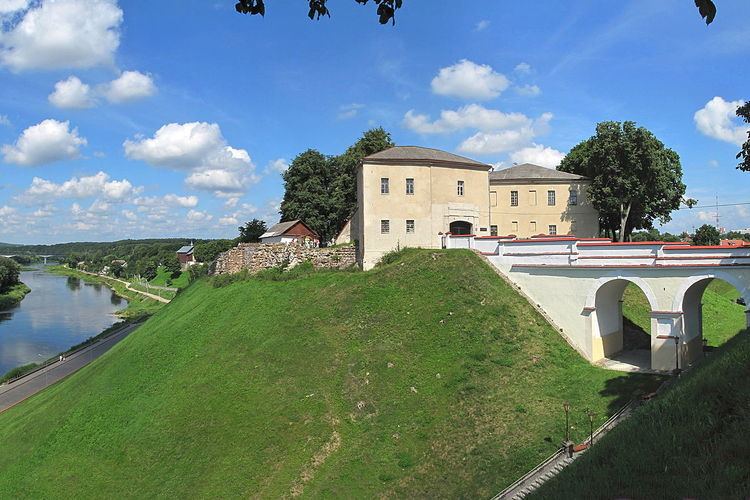Phone +375 152 72-18-51 | ||
 | ||
Hours Closed now Thursday10AM–6PMFriday10AM–6PMSaturday10AM–6PMSunday10AM–6PMMondayClosedTuesday10AM–6PMWednesday10AM–6PMSuggest an edit Similar New Hrodna Castle, Kalozha Church, St Francis Xavier Cathedral, St Mary's Church - Grodno, Corpus Christi Church | ||
Archaeological excavations in the old grodno castle in 2015
The Old Grodno Castle (also known as the Grodno Upper Castle and Bathory's Castle) originated in the 11th century as the seat of a dynasty of Black Ruthenian rulers, descended from a younger son of Yaroslav the Wise of Kiev.
The 13th-century keep of the castle belonged to a type of Belarusian defensive tower represented by the Tower of Kamyanyets. Vytautas the Great added five Brick Gothic towers in 1391–98, transforming the castle into one of his main residences. Casimir IV Jagiellon also favoured Hrodna over Lithuania's official capital. It was there that the Polish Crown was offered to him, and it was there that he died in 1492.
The next notable tenant of the castle was Stephen Báthory who envisaged Hrodna as the capital of his vast empire in Eastern Europe. He engaged Scotto of Parma to replace the Vytautas Castle with his own residence in the advanced Renaissance taste of Northern Italy. After Bathory's death in Hrodna in 1586, his pet project was abandoned. The citadel was devastated by the Russians during a Russo-Polish War in 1655.
The castle's revival was owing to Krzysztof Zygmunt Pac who raised sufficient funds to finance the refurbishing of the royal residence. The restored castle was selected by King Michał Korybut Wiśniowiecki of Poland as the location for every third Sejm of the Polish–Lithuanian Commonwealth. The castle suffered extensive damage during the Great Northern War, forcing the royal court to move into the New Hrodna Castle.
After the partitions of Poland the castle was given over to the Russian army and housed a barracks. The authorities of interwar Poland restored the chamber of the ambassadors and the Sejm Hall. At present the castle is classed as a museum.
